
hotline:
17715390137
Tel/Wechat:
18101240246 (Technology)
0512-68565571
Email:mxenes@163.com (Sales Engineer)bkxc.bonnie@gmail.com
Scan the code to follow or search the official account on WeChat:
2D Materials Fronrier After paying attention,
click on the lower right corner to contact us,
Enter enterprise WeChat.
Professional Services Online

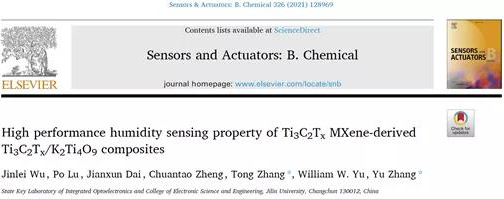

Sensors are key components in the rapid development of artificial intelligence (AI) and the Internet of Things (IoT). Humidity is an important parameter in various applications in industry, pharmacy, agriculture and human living environment. Therefore, the use of reliable humidity sensors for sensitive and accurate detection of relative humidity (RH) has become more and more important. The development of advanced new materials has promoted the research of humidity sensors. In order to realize a highly sensitive resistive sensor, two ideal conditions are required: (1) low electrical noise caused by high conductivity; (ii) high signal induced by strong and abundant analyte adsorption sites. In the past few decades, many functional materials with different structures and/or different transduction mechanisms, such as semiconducting metal oxides, polymers, and two-dimensional (2D) materials, have achieved sensitivity, response speed and accuracy. improve. Among them, two-dimensional materials such as graphene, black phosphorus, transition metal sulfides, transition metal carbides and carbonitrides have attracted much attention due to their high specific surface area (SSA), a wide range of surface functional groups, fast response speed, and high detection efficiency. As a new type of two-dimensional metal carbide, nitride or carbonitride, MXenes, which has strong hydrophilicity and high conductivity, has been extensively studied in many fields since its report in 2011. Among all MXenes synthesized so far, Ti3C2Tx has been extensively studied due to its relatively easy synthesis and high stability.


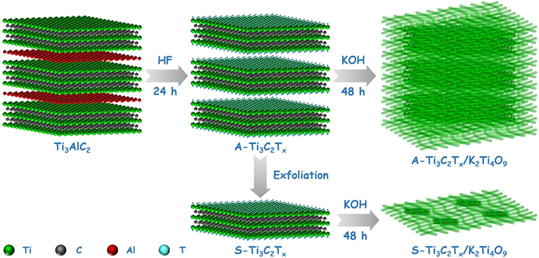
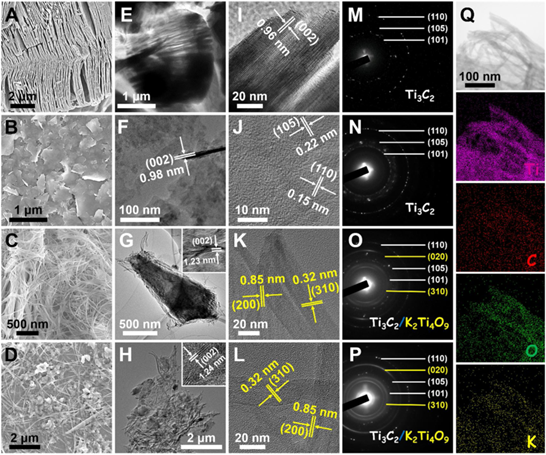
Figure 2. SEM and TEM characterization of composite materials.
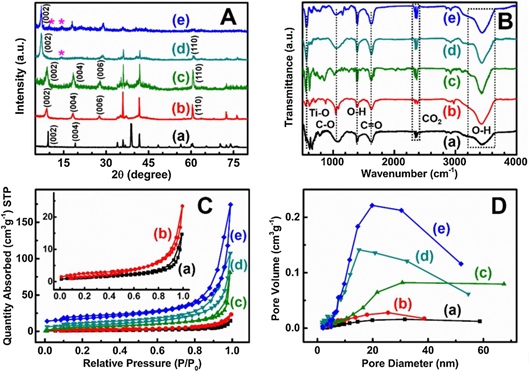
Figure 3. Physical characterization of composite materials.
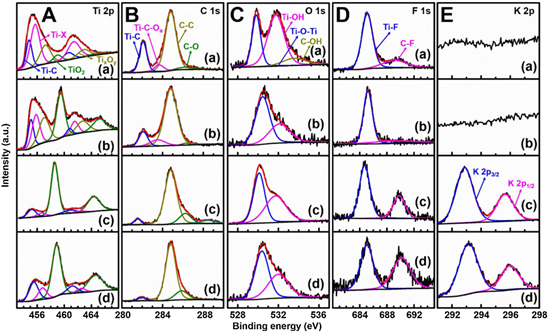
Figure 4. XPS characterization of composite materials.
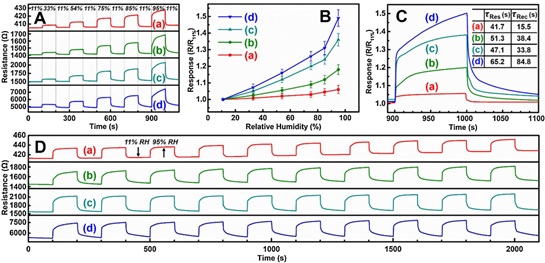
Figure 5. Humidity response characteristics.

To sum up, this article synthesized S-Ti3C2Tx/K2Ti4O9 composite material by processing Ti3C2Tx MXene. The prepared S-Ti3C2Tx/K2Ti4O9 composite material grows interwoven narrow-width filamentous nanostructures on the surface of the smaller S-Ti3C2Tx sheet. When S-Ti3C2Tx/K2Ti4O9 composite material is used as the humidity sensor material, the increased interlayer distance of Ti3C2TxMXene and the formation of hydrophilic layered K2Ti4O9 nanowires can promote the adsorption, desorption and diffusion of water molecules in the entire porous framework. . The results show that the response of S-Ti3C2Tx/K2Ti4O9 composite material is more than 8 times higher than that of pure A-Ti3C2Tx. In summary, this research work provides a promising new strategy for developing Ti3C2Tx or other MXene materials to construct MXene-based high-performance humidity sensors.
Literature link:
https://doi.org/10.1016/j.snb.2020.128969.
Source: MXene Frontier
This information is from the Internet for academic exchanges. If there is any infringement, please contact us and delete it immediately

| Reminder: Beijing Beike New Material Technology Co., Ltd. supplies products only for scientific research, not for humans |
| All rights reserved © 2019 beijing beike new material Technology Co., Ltd 京ICP备16054715-2号 |